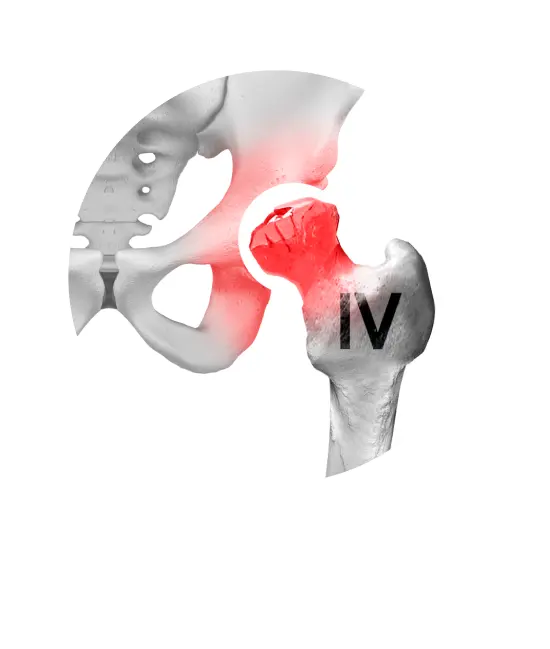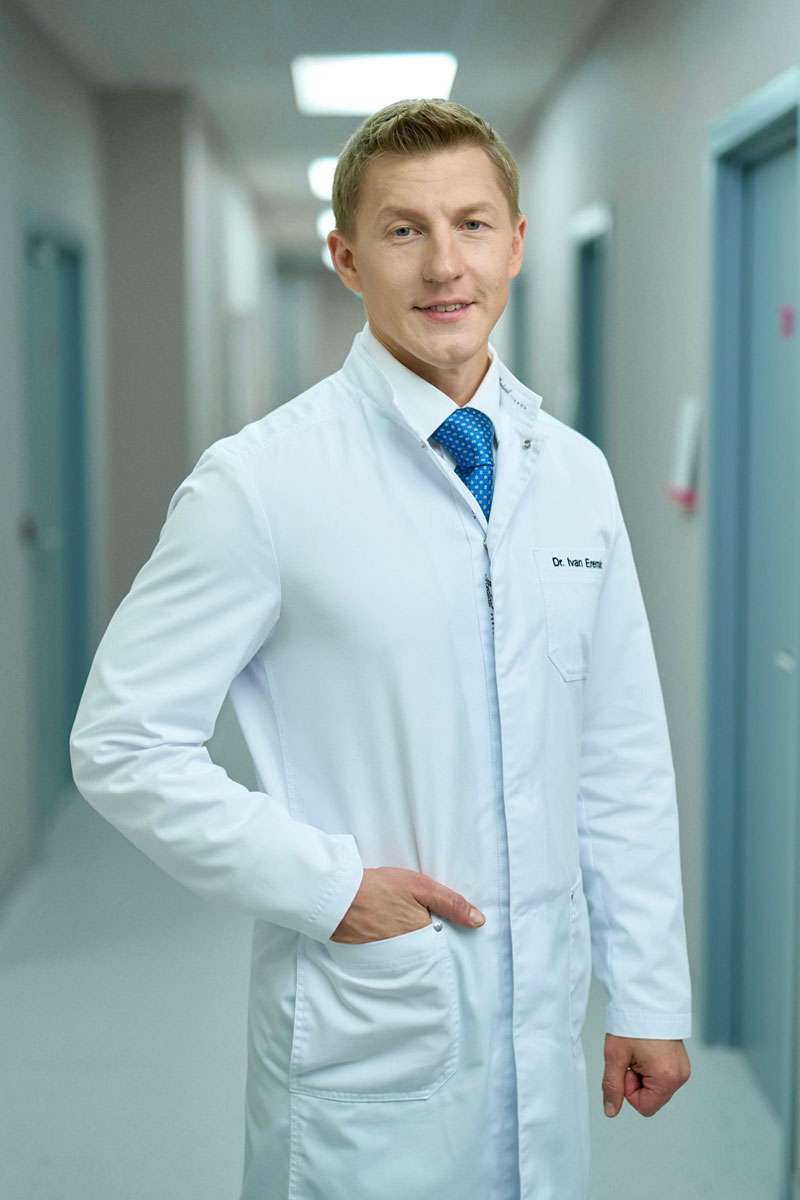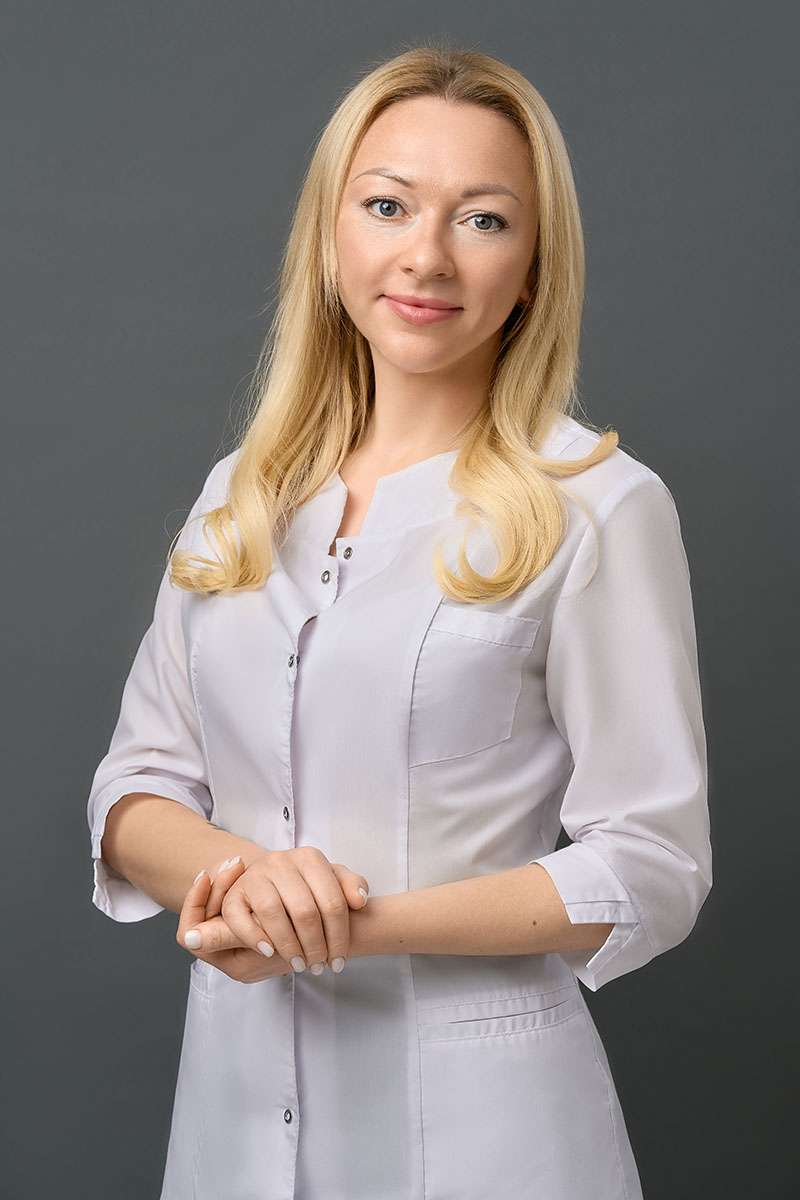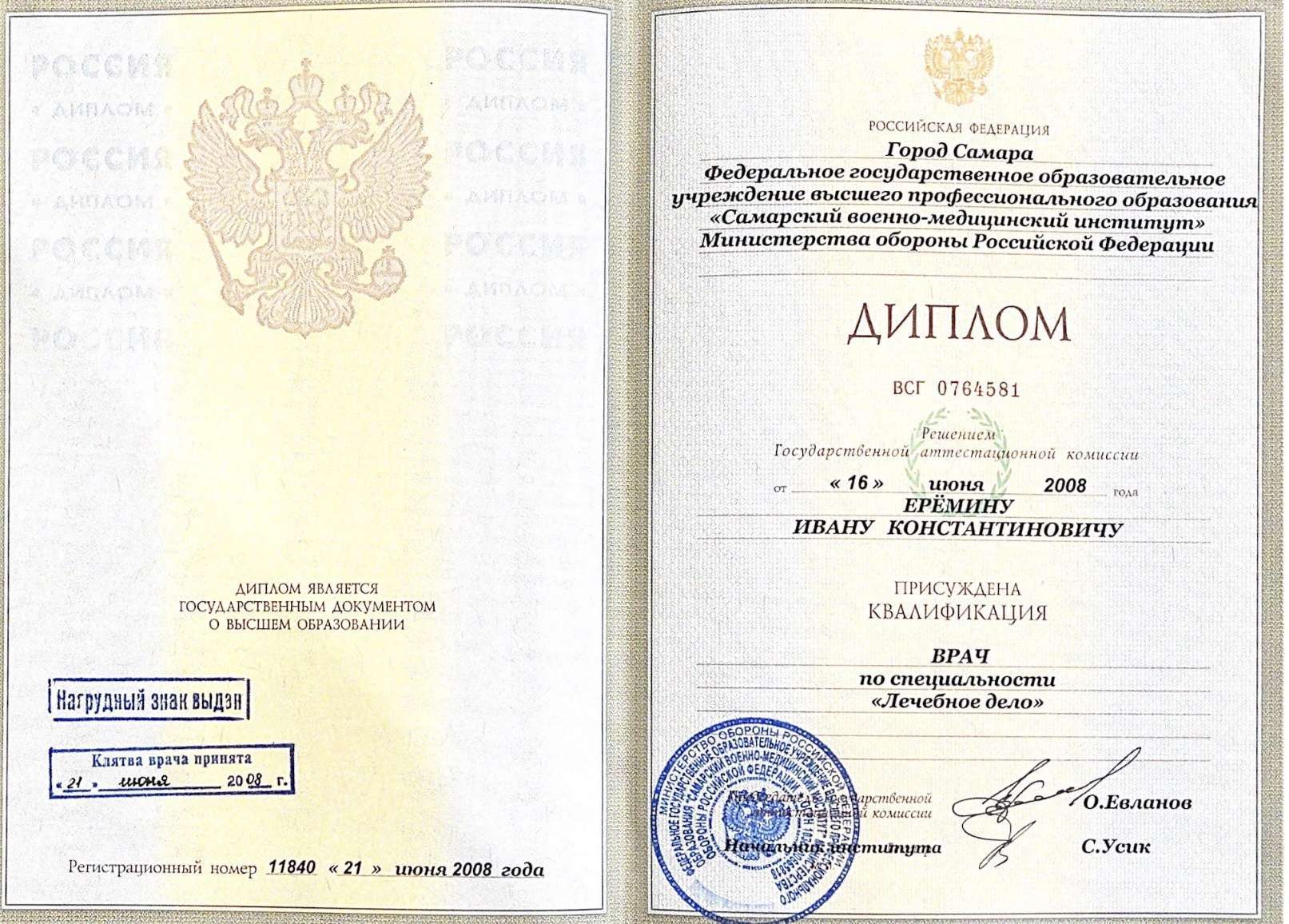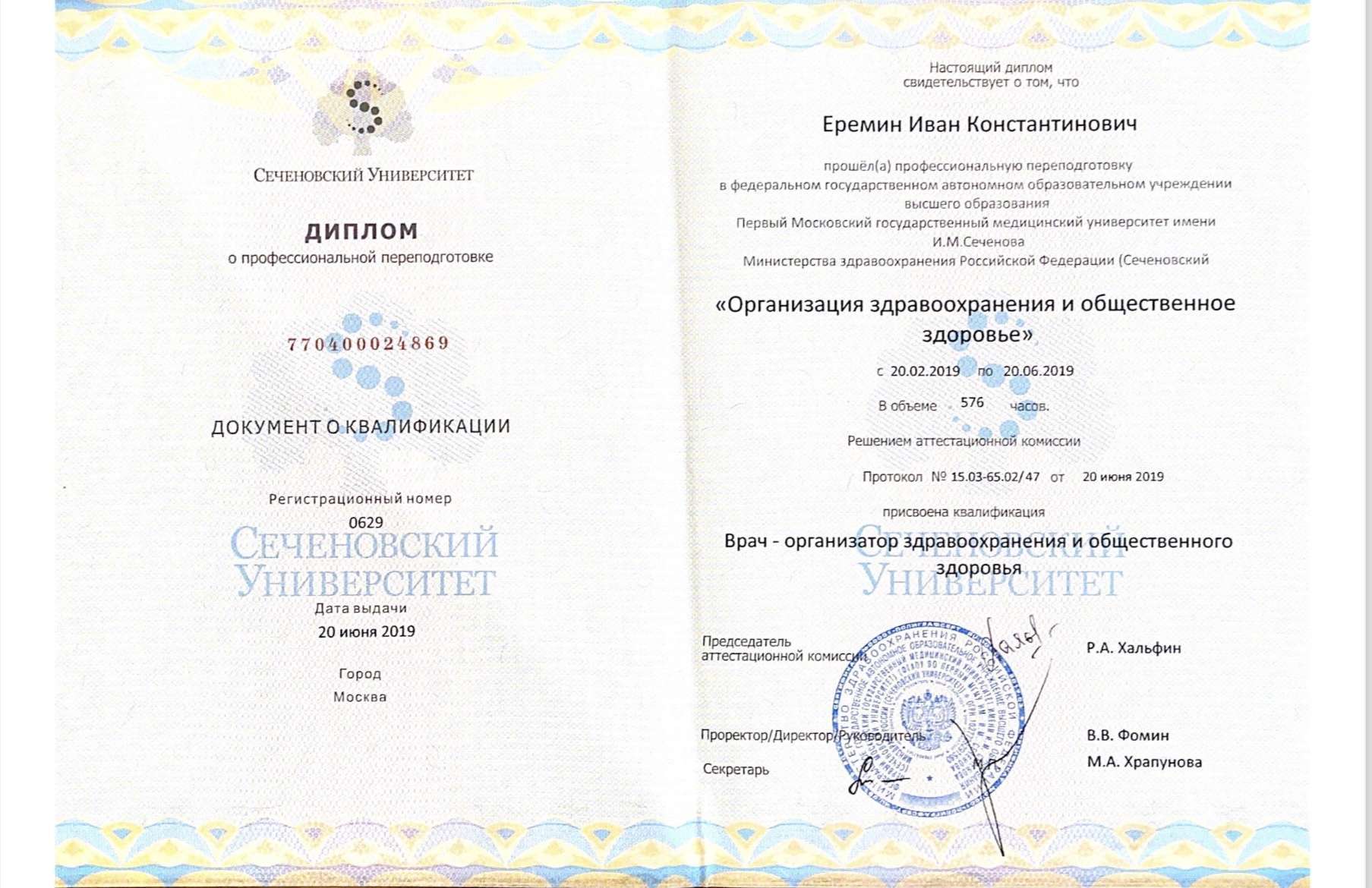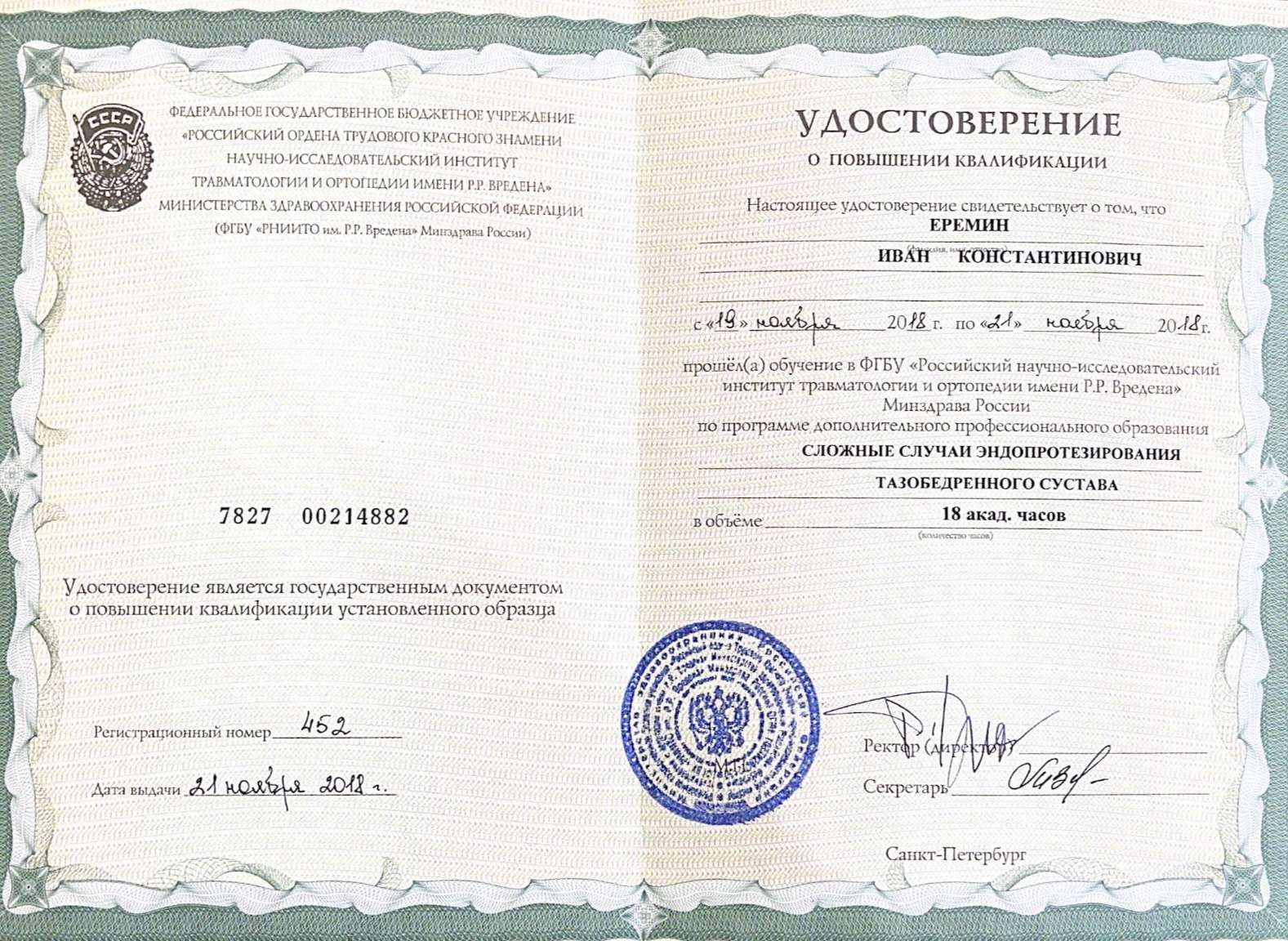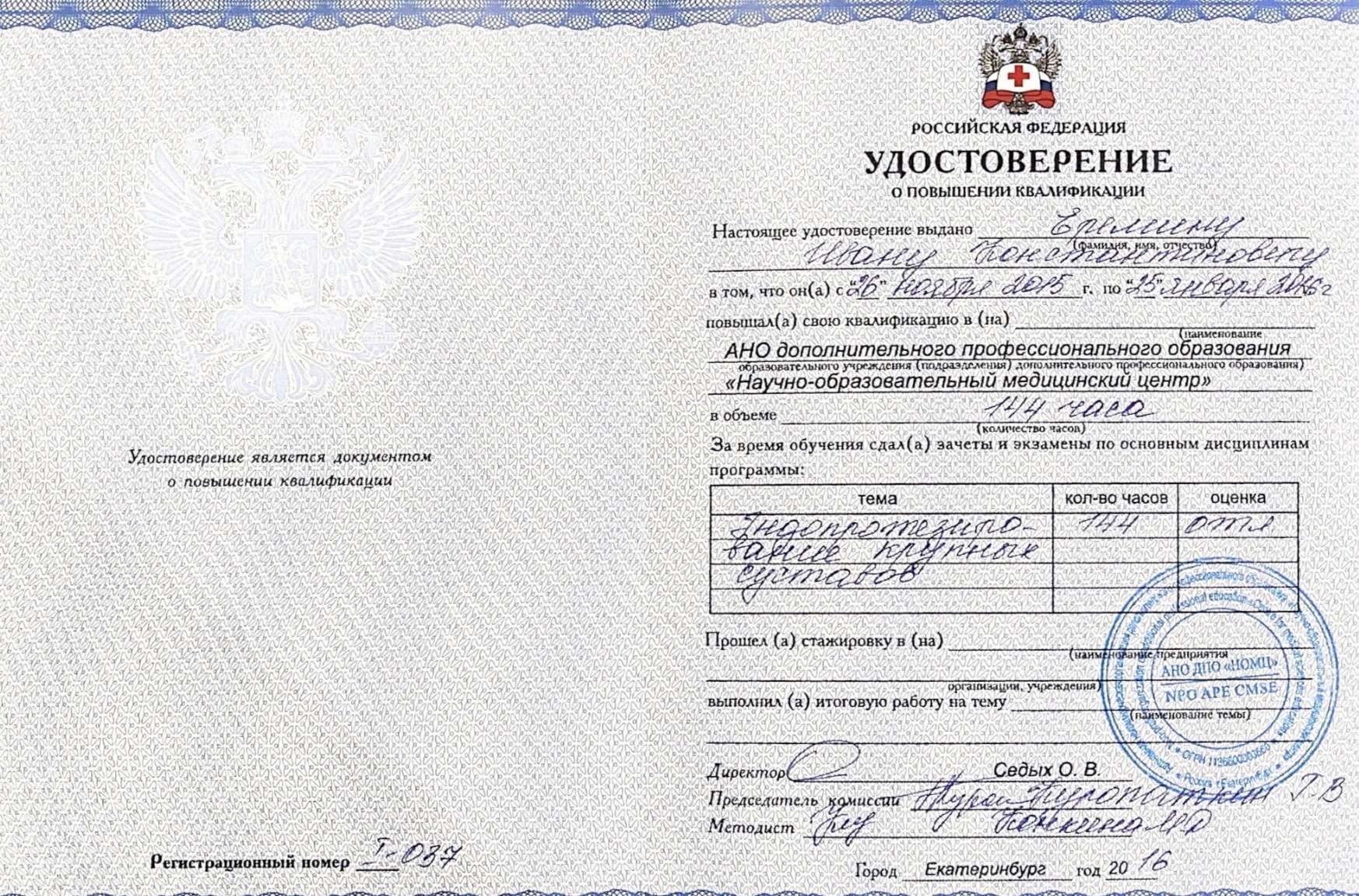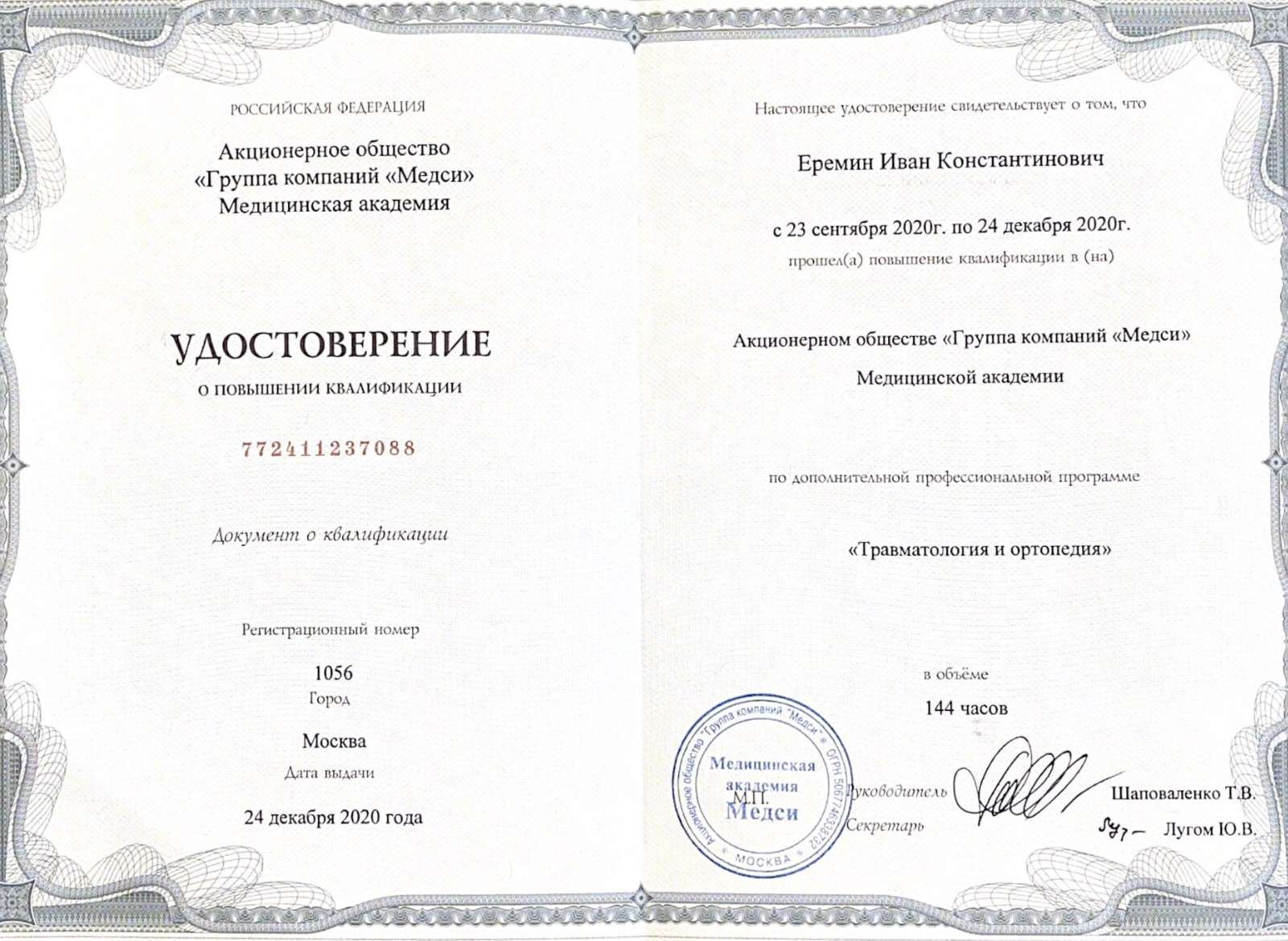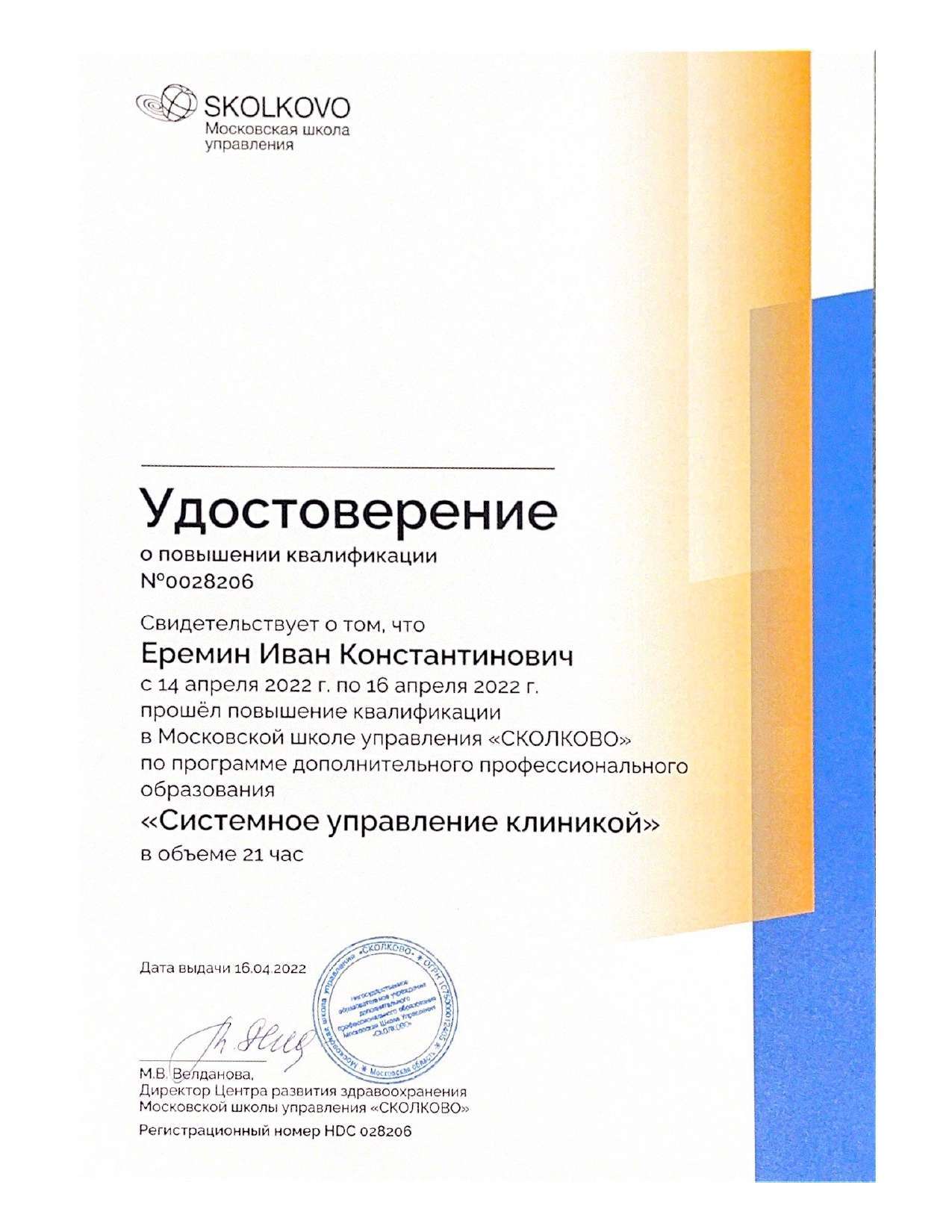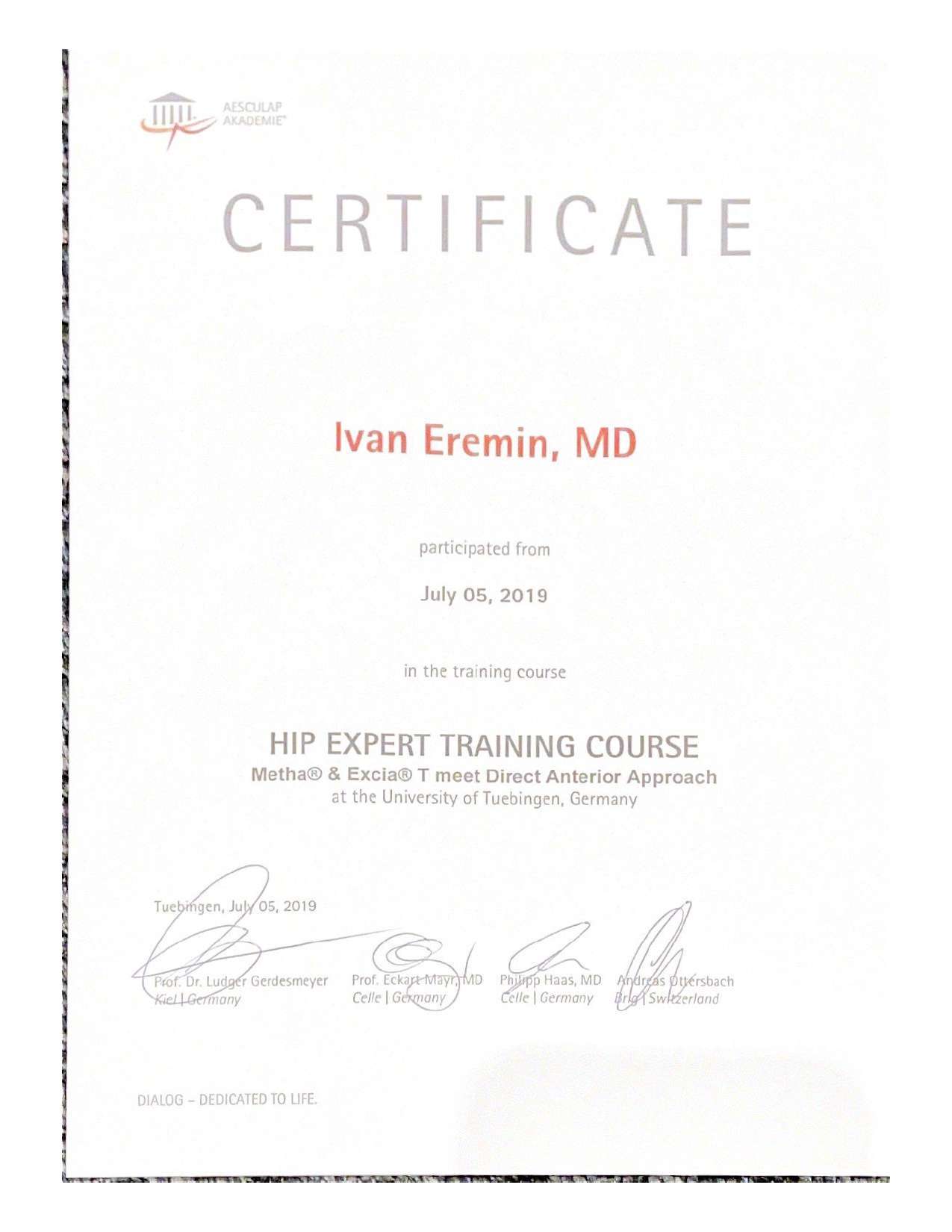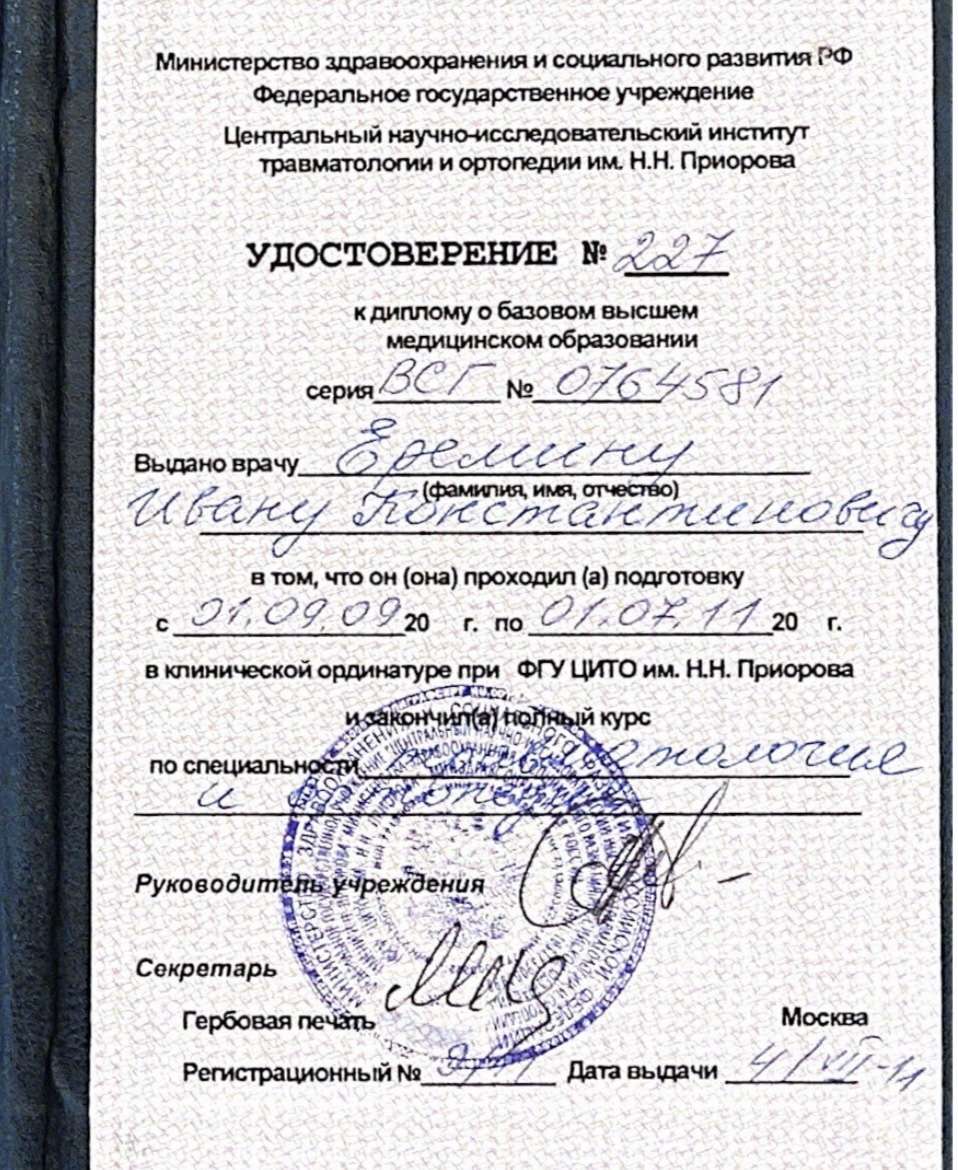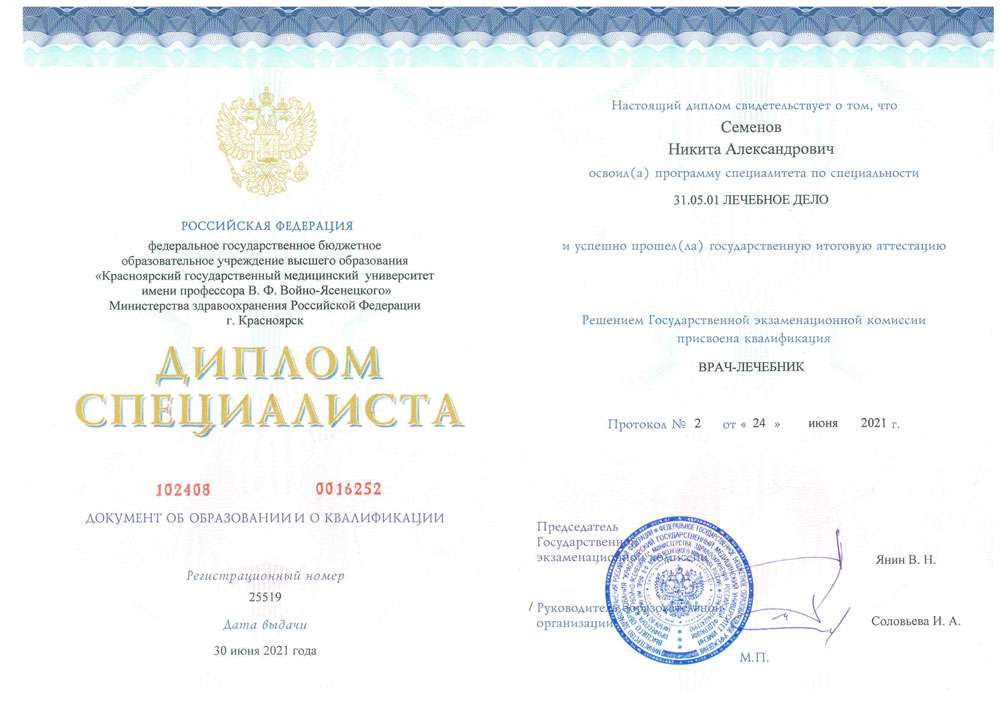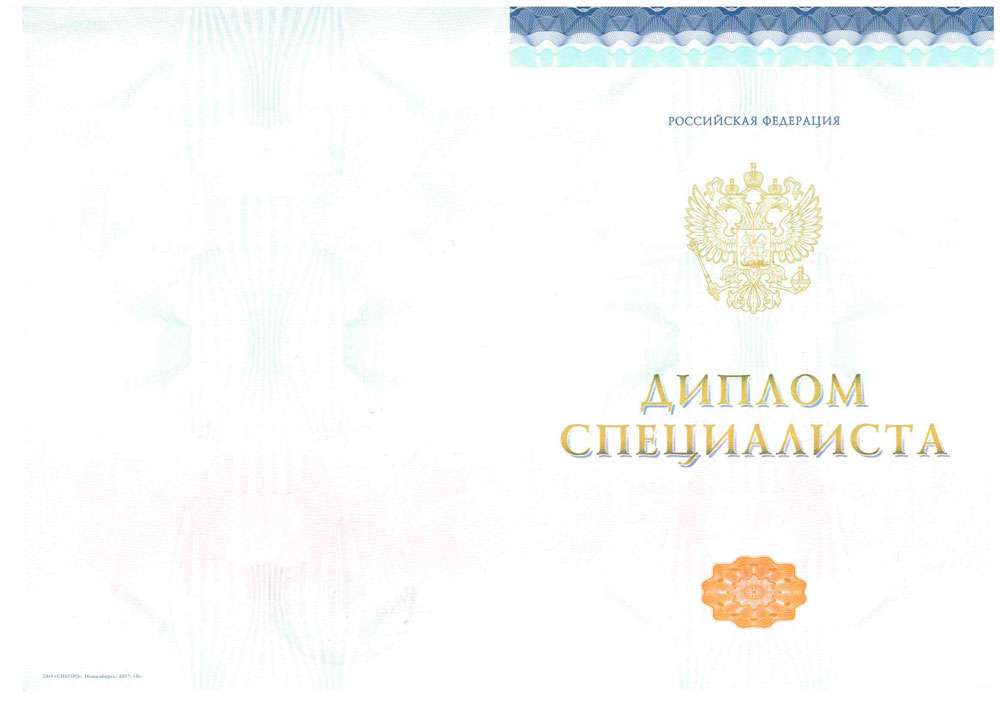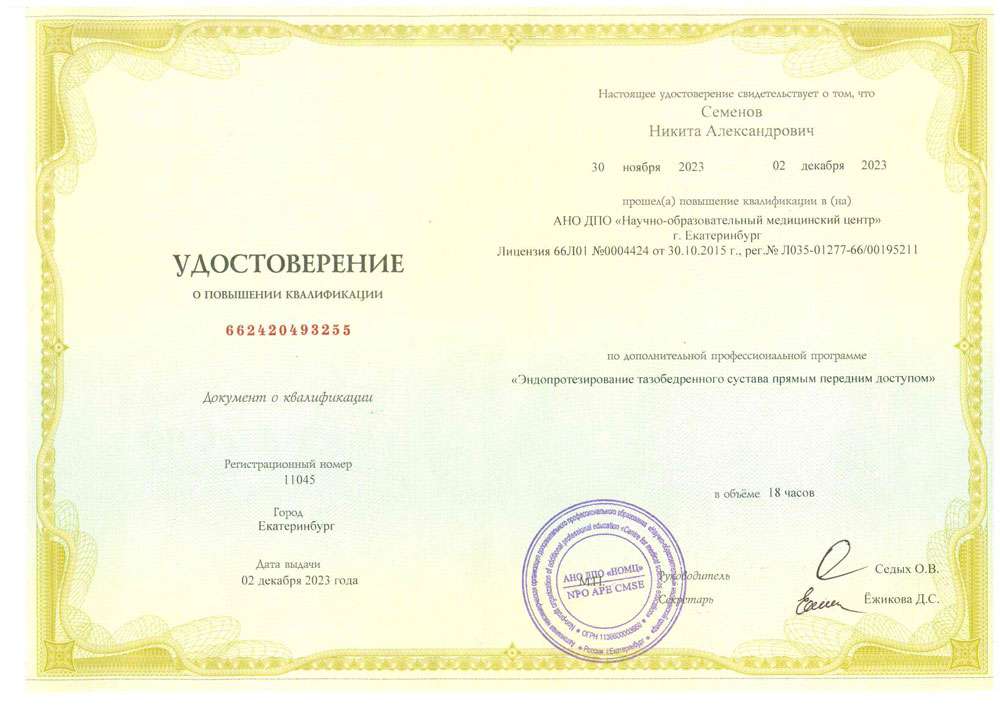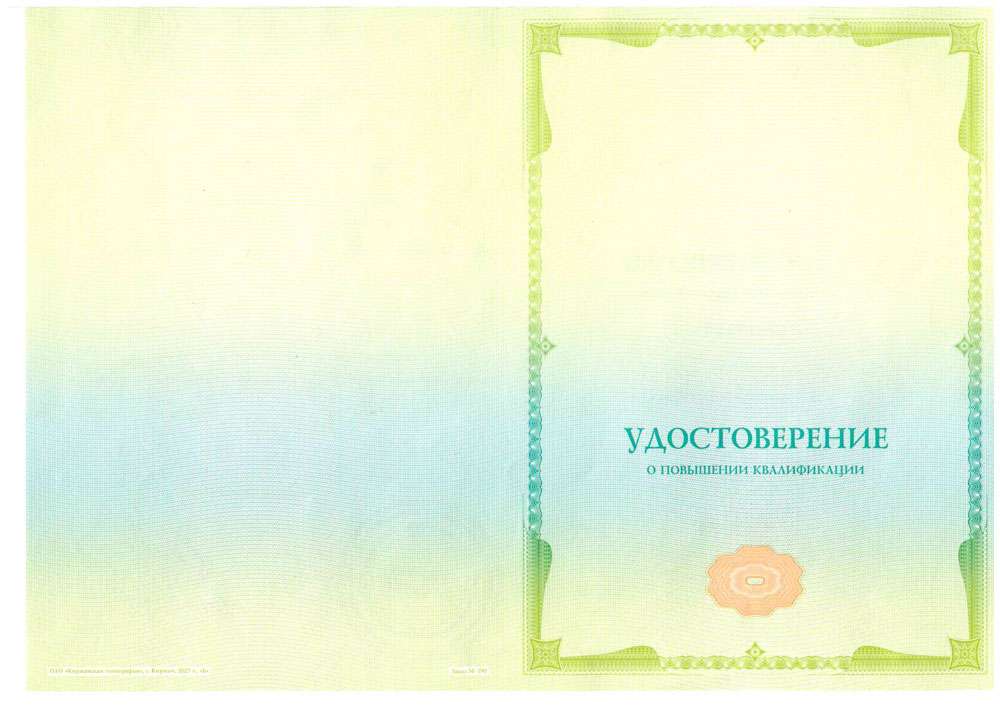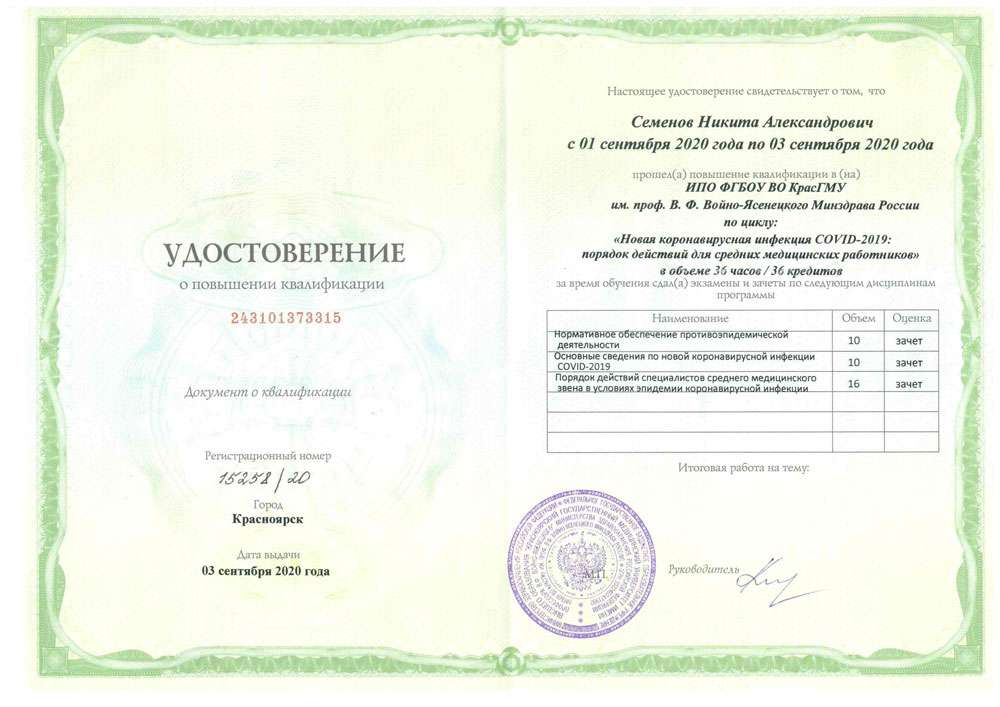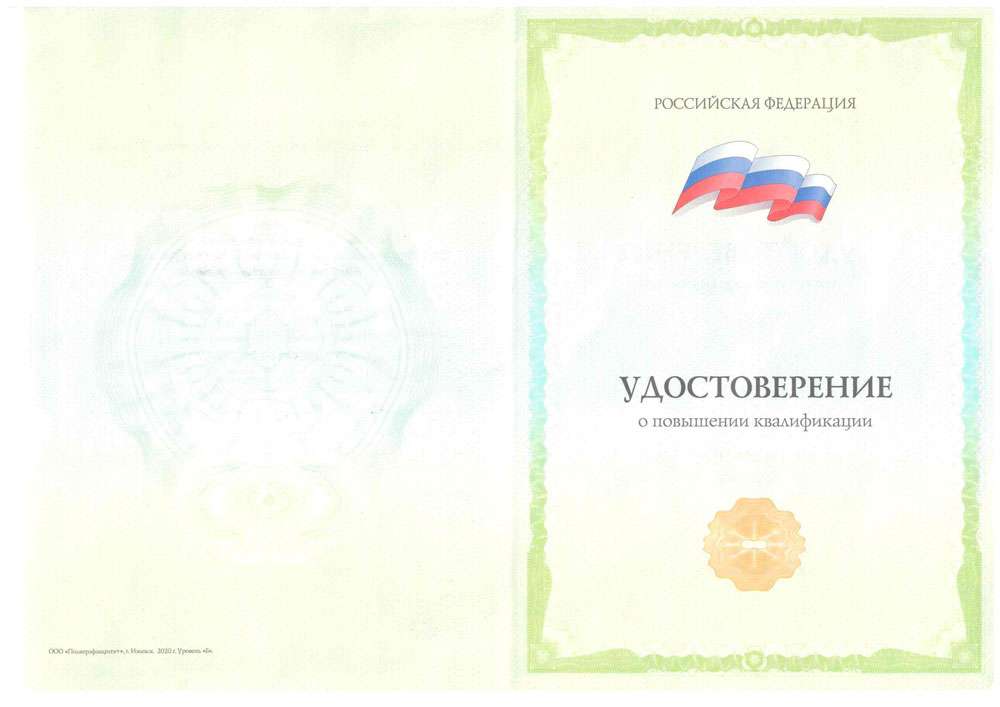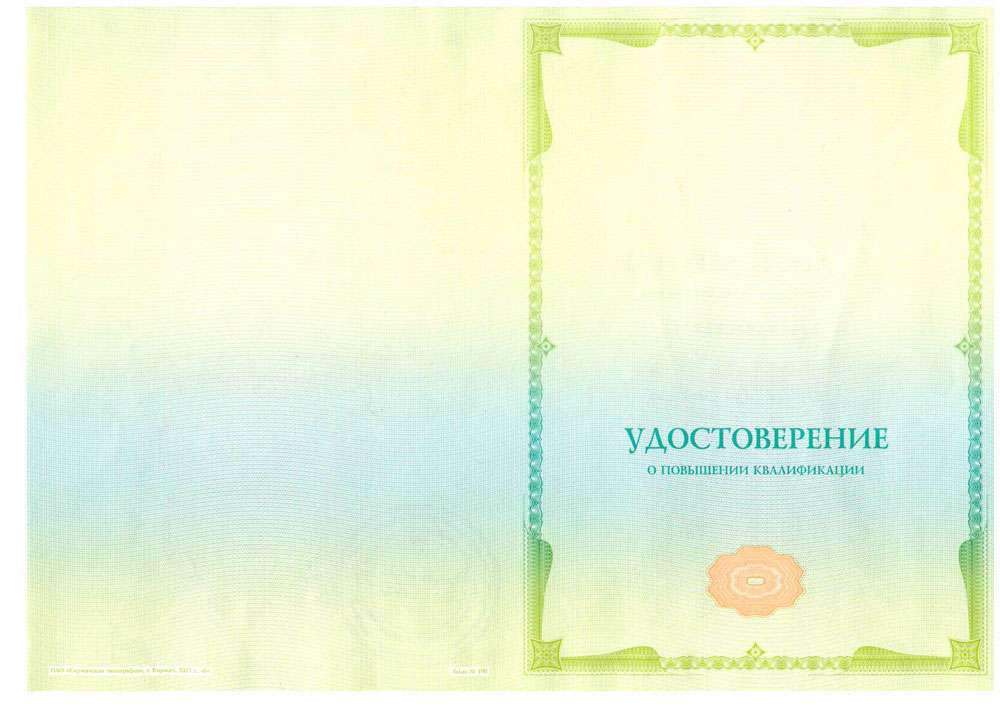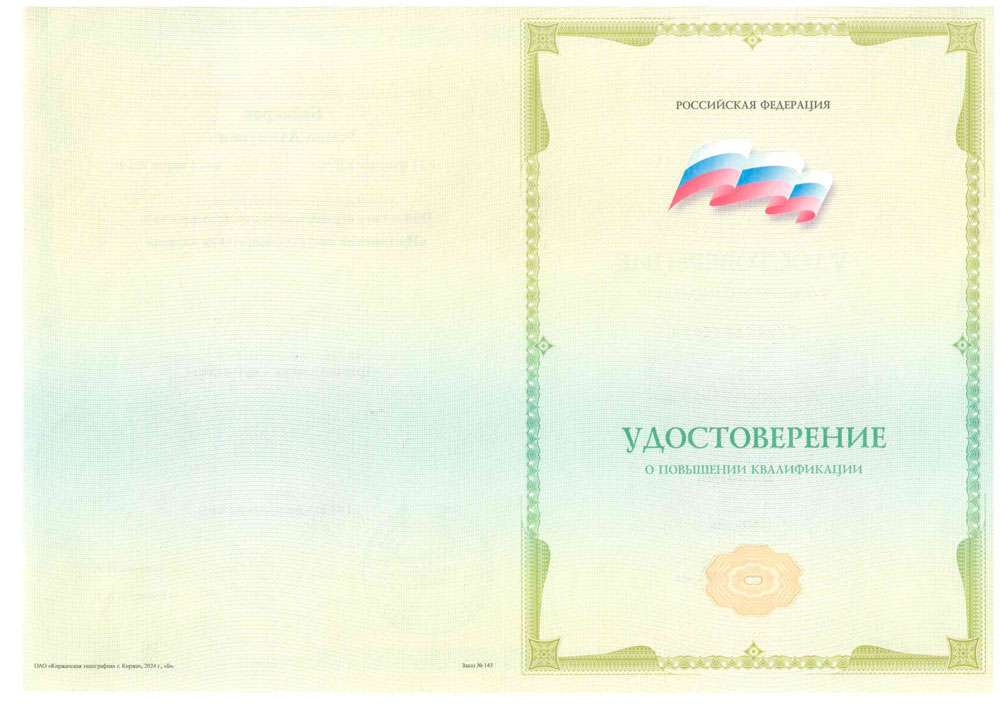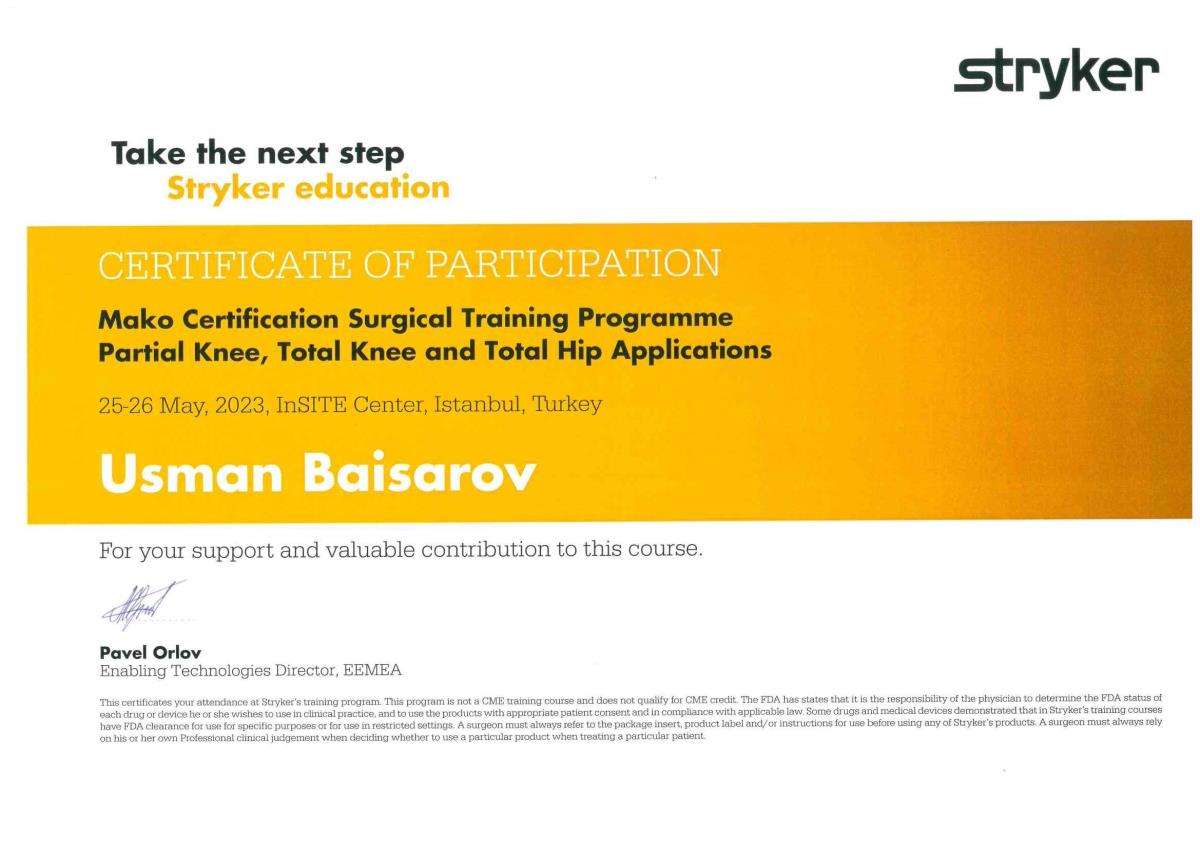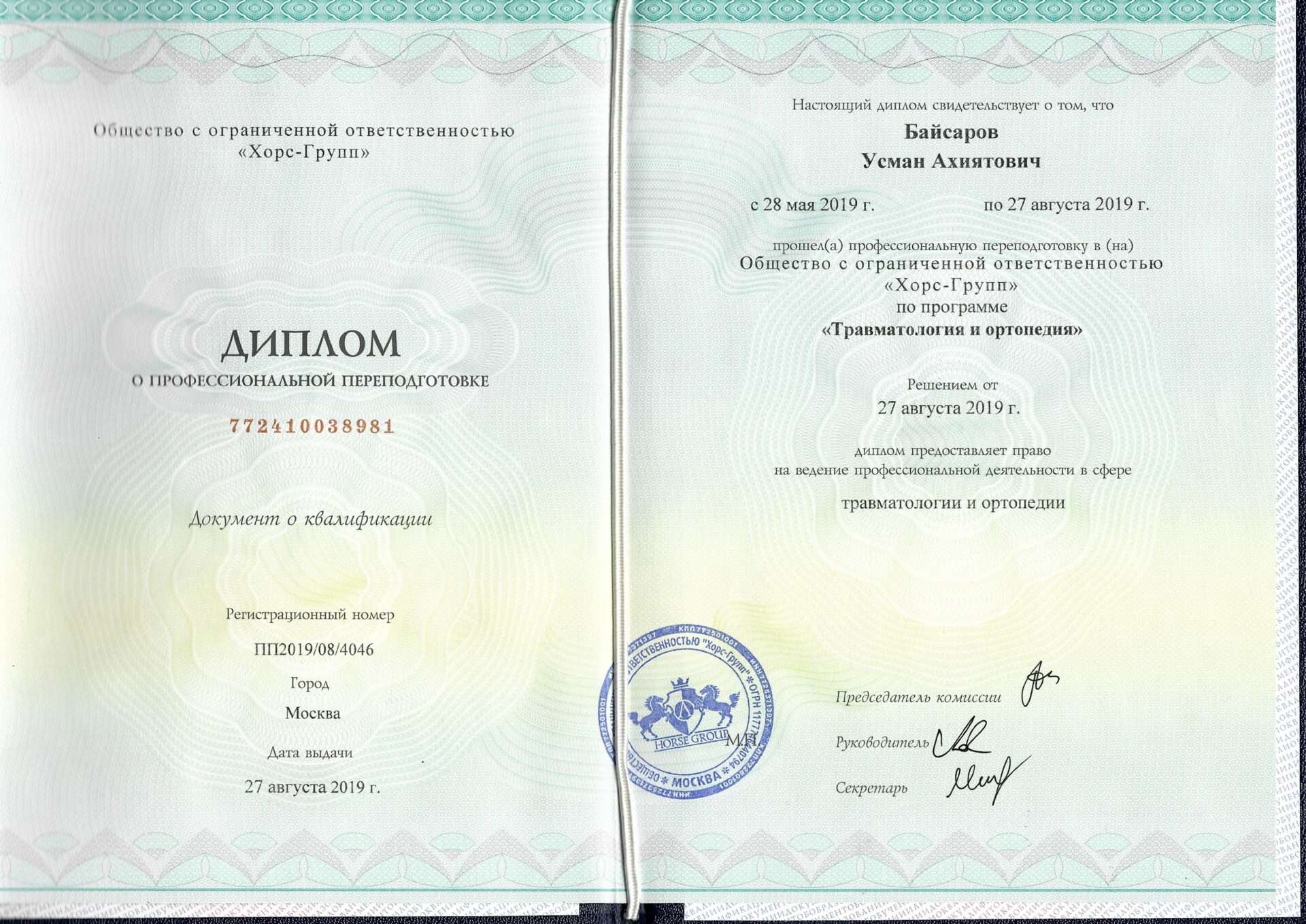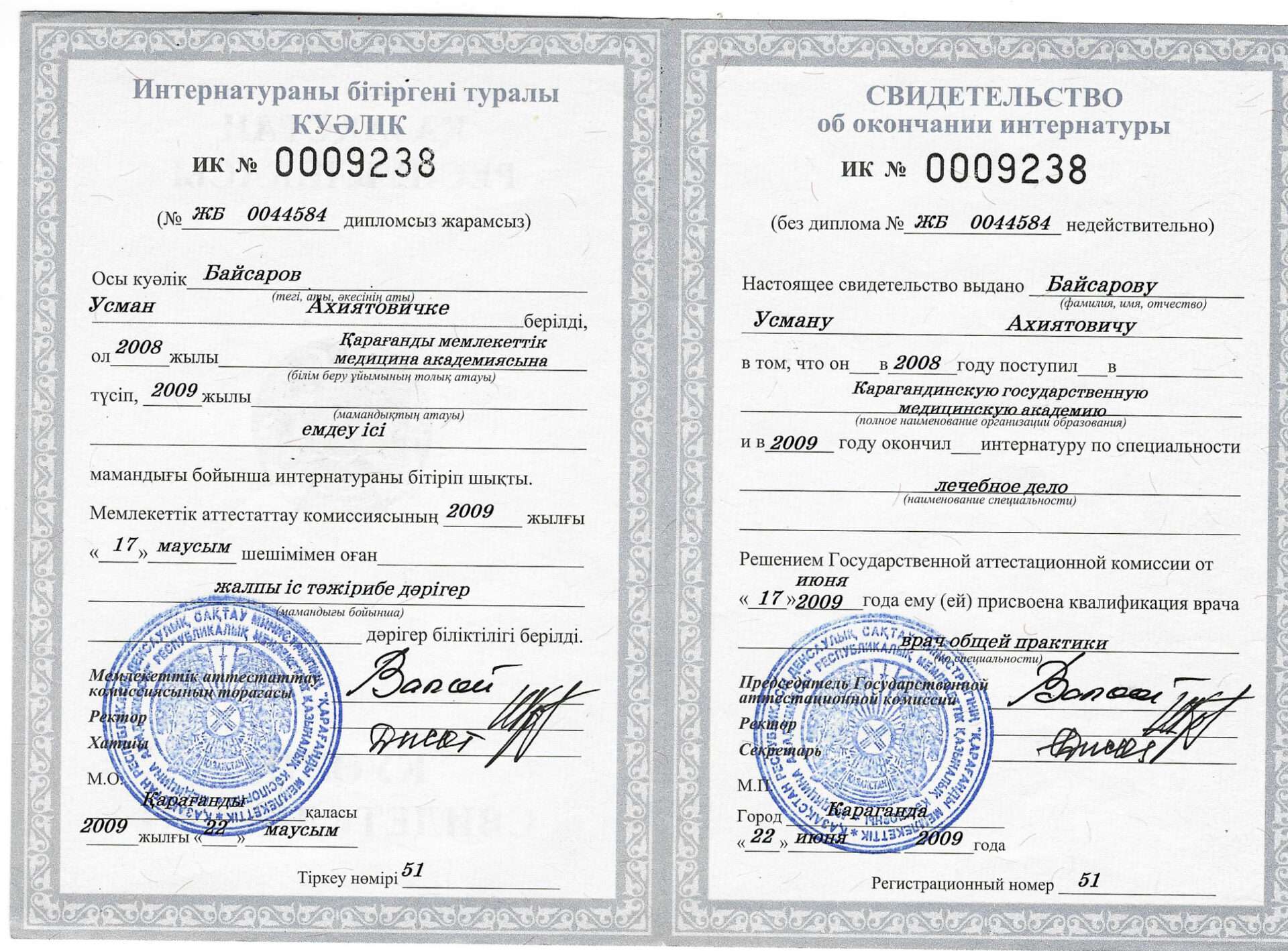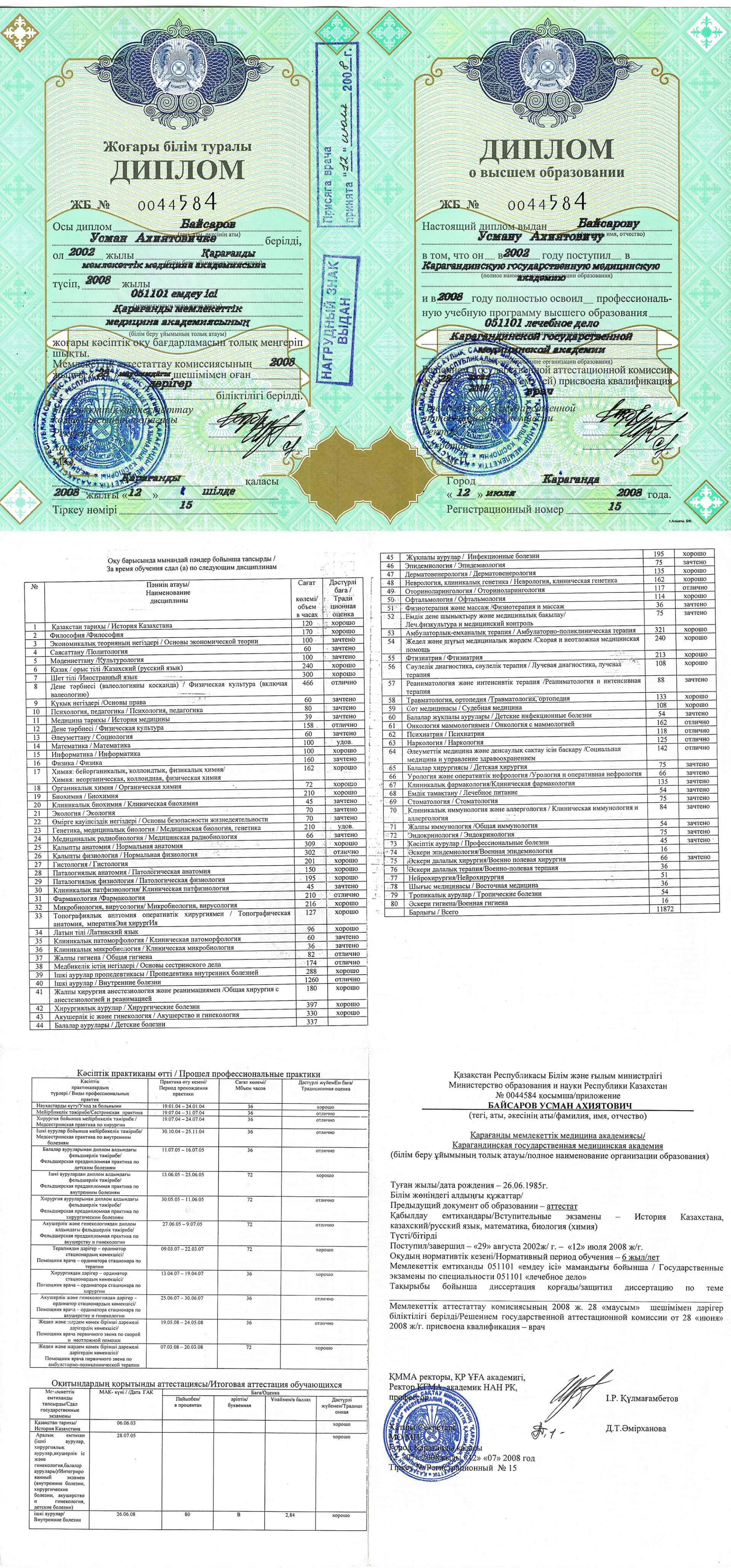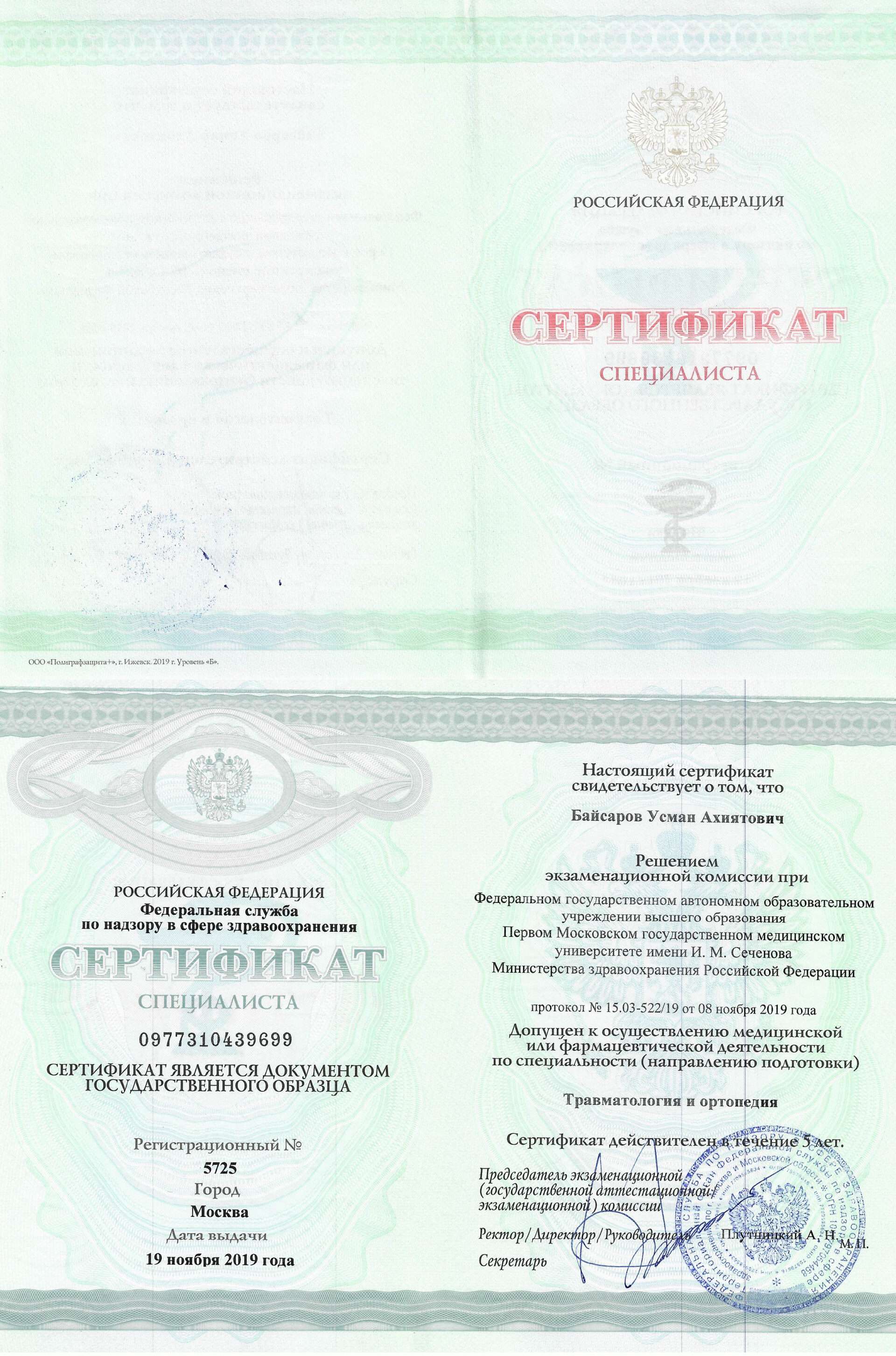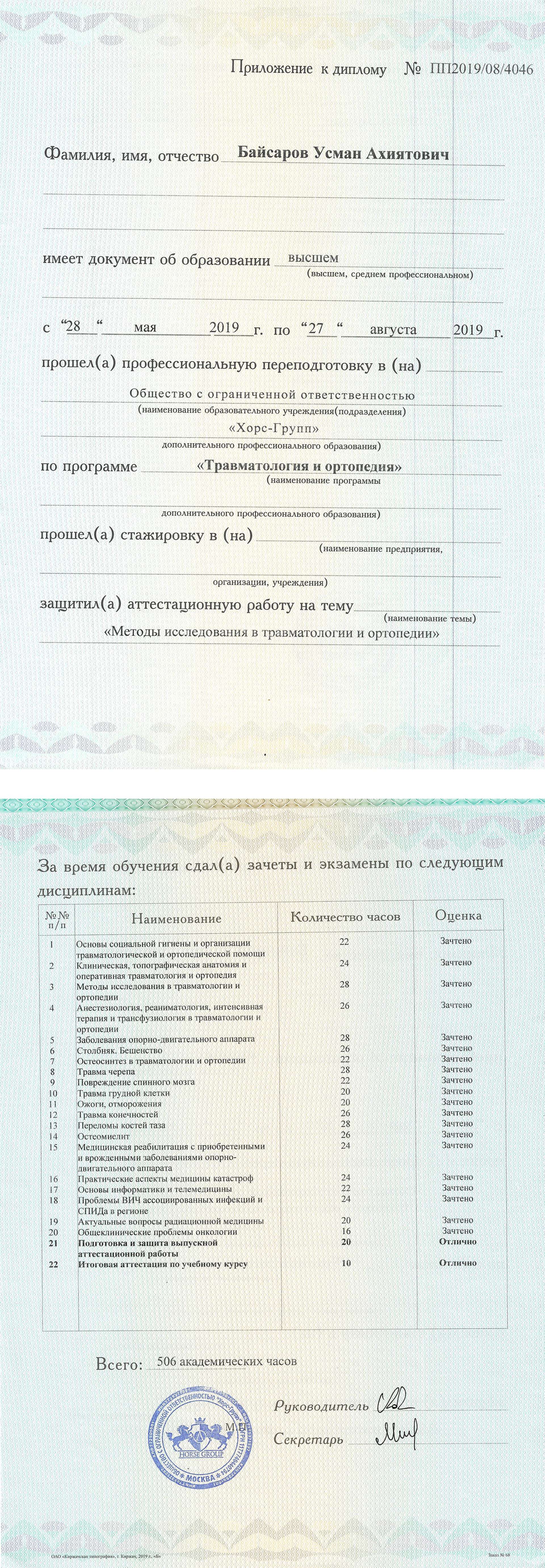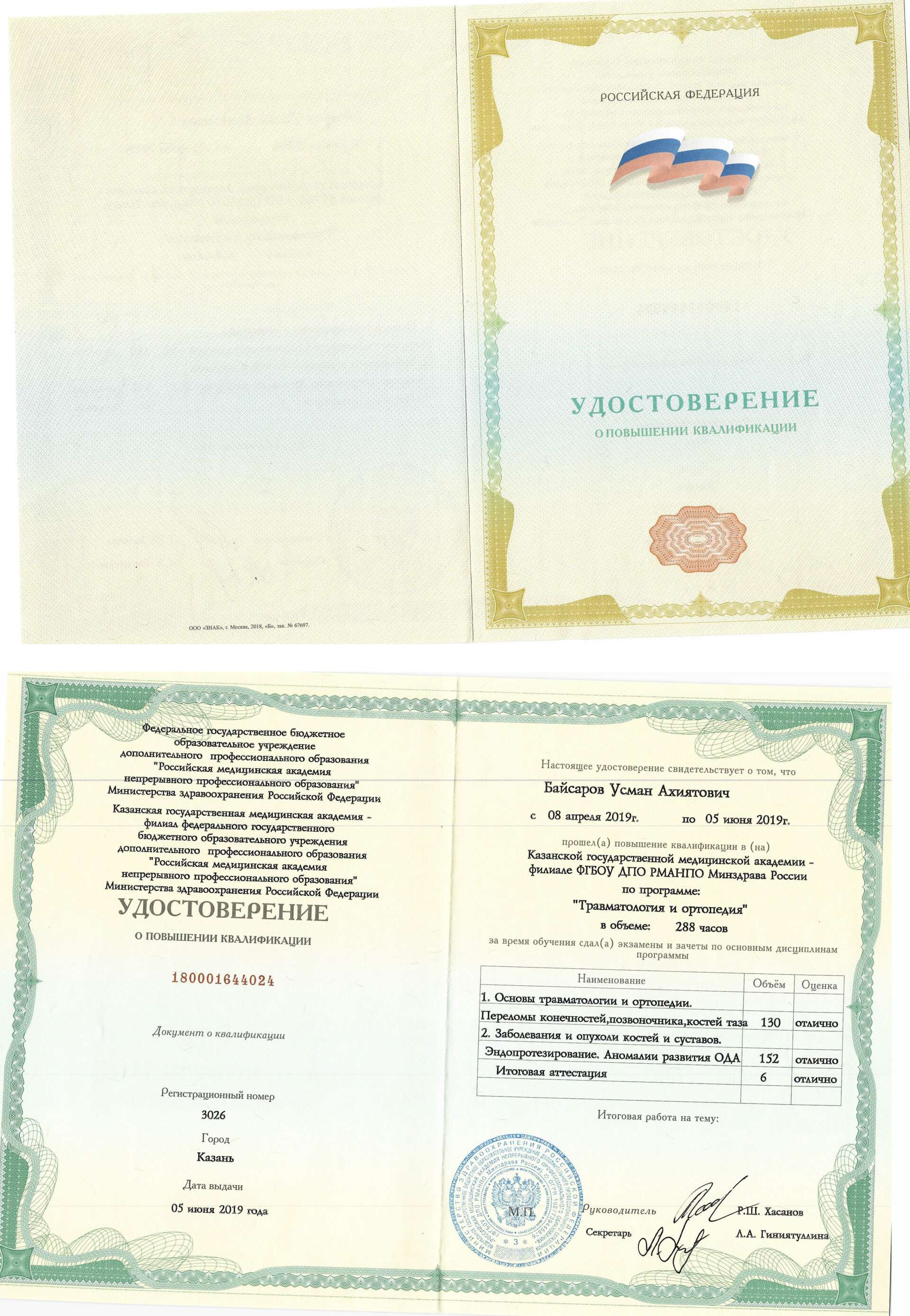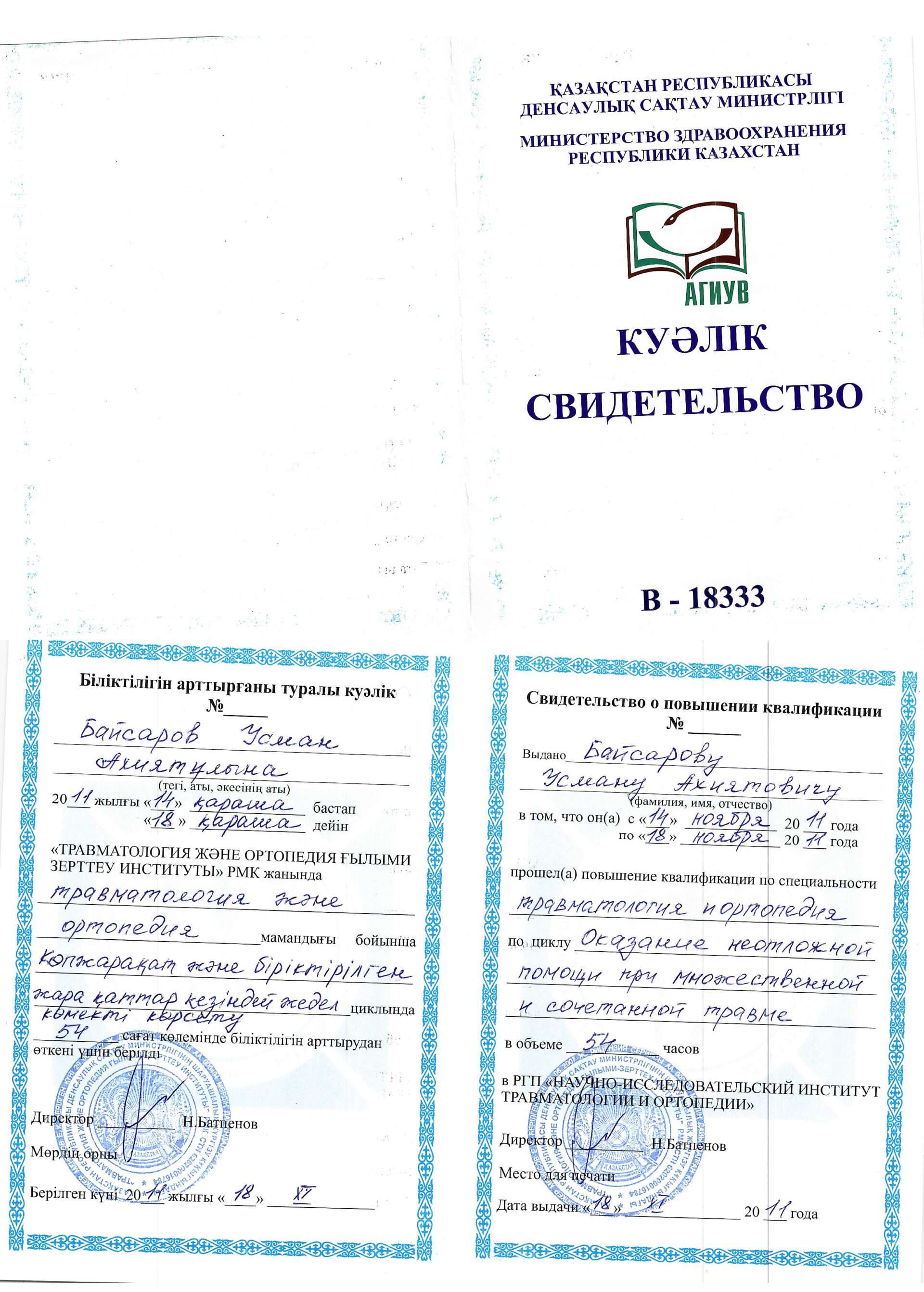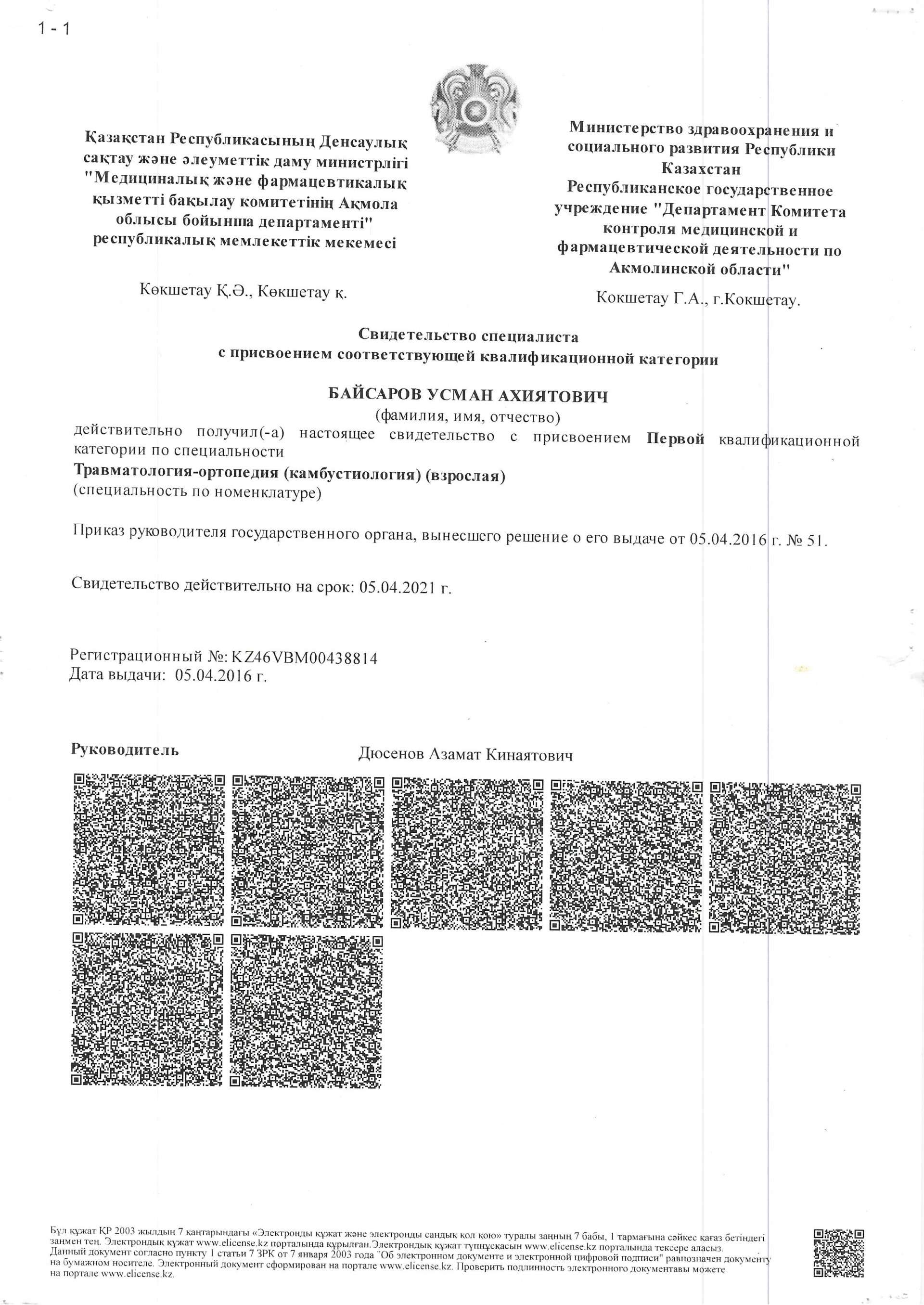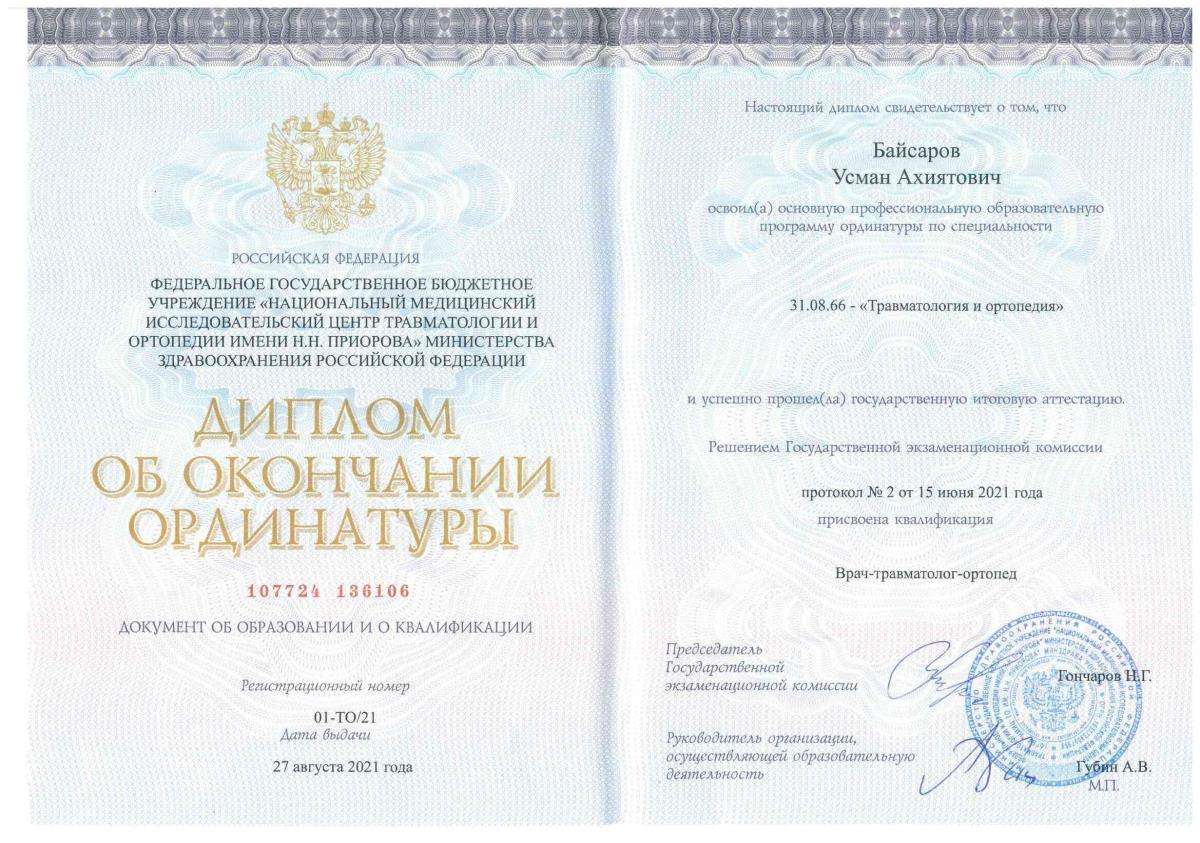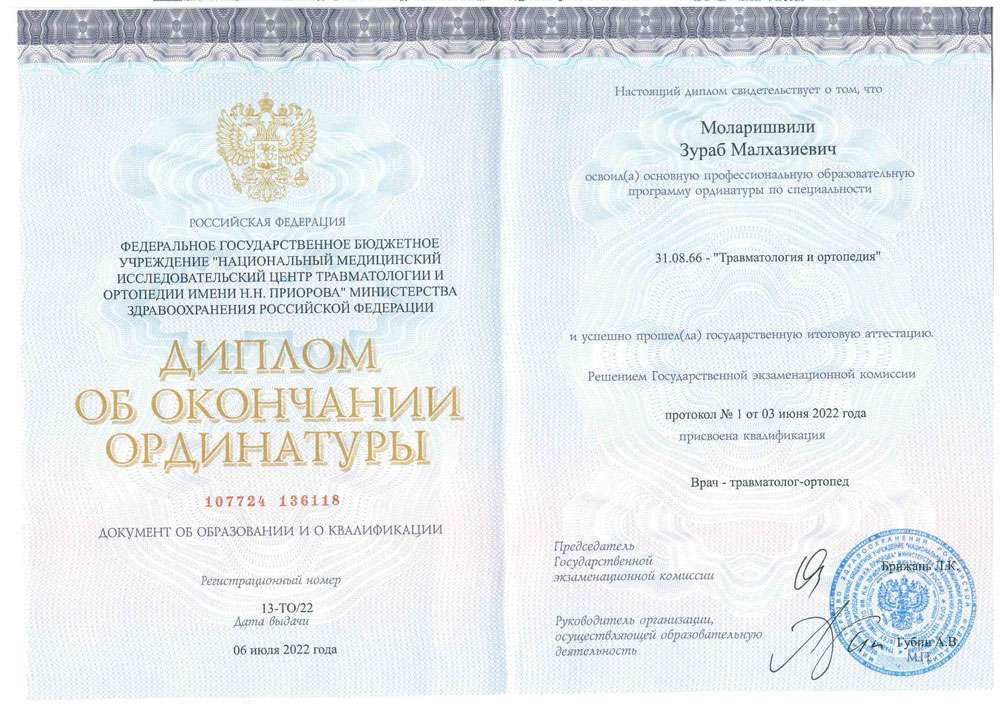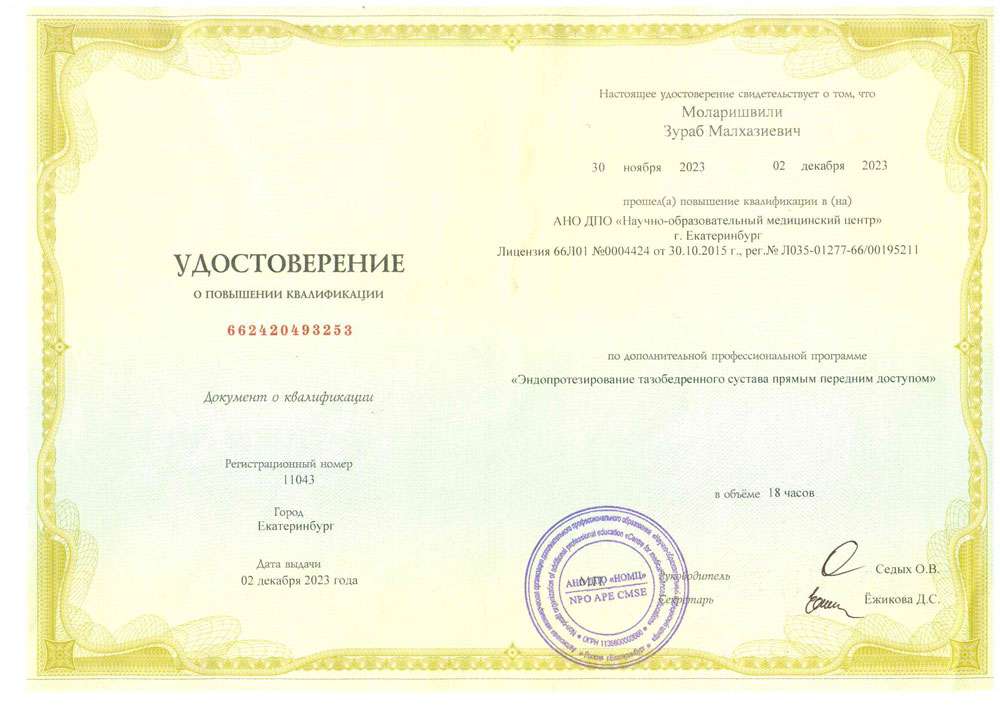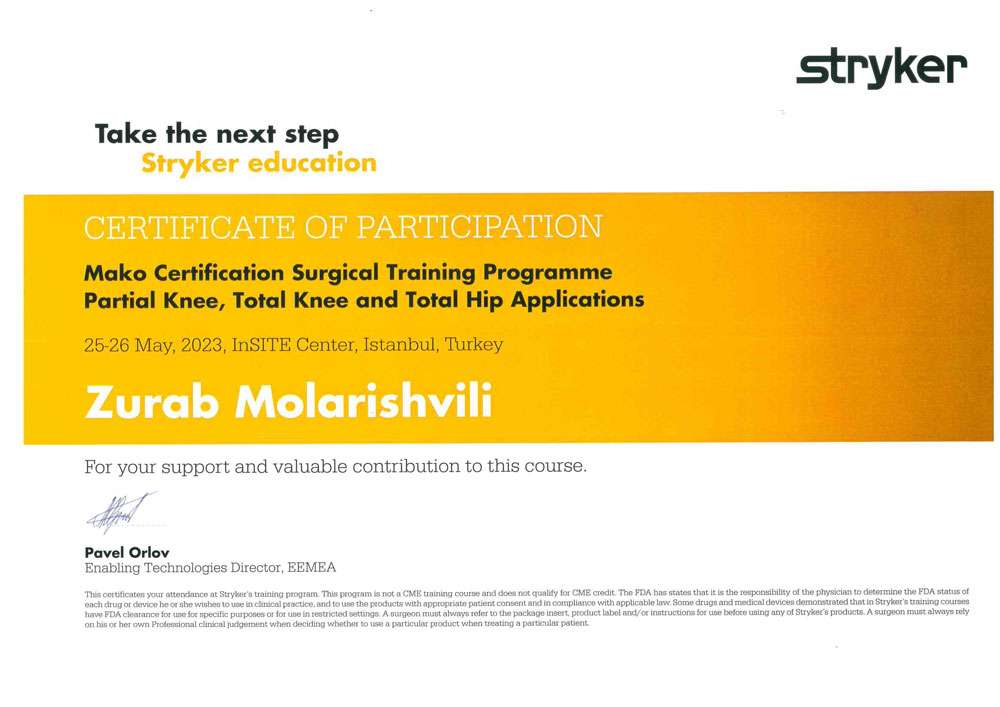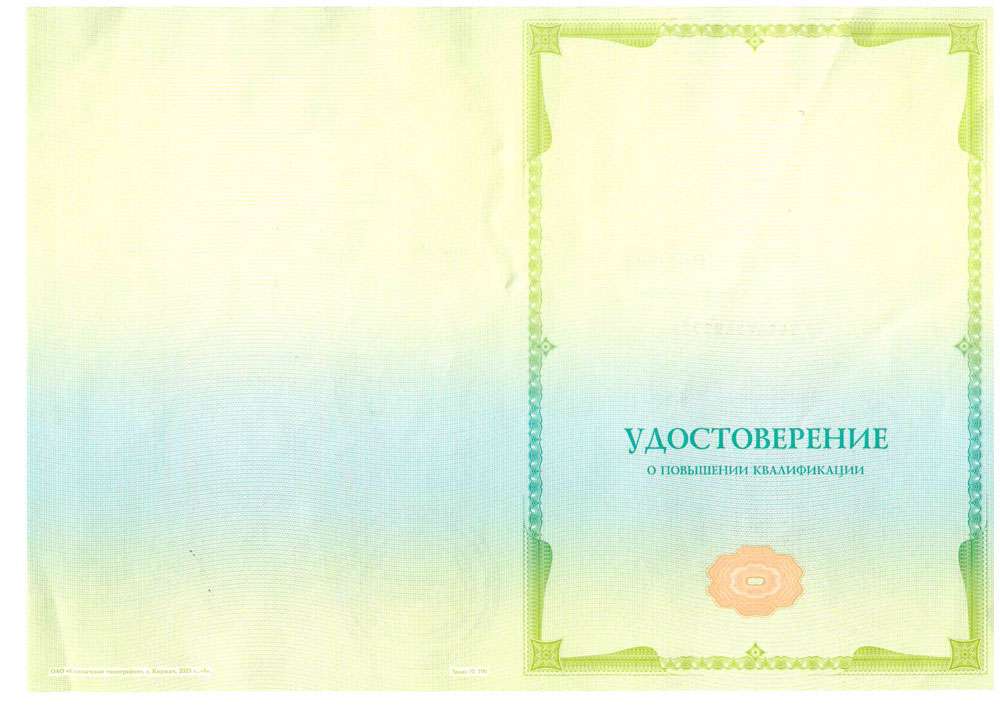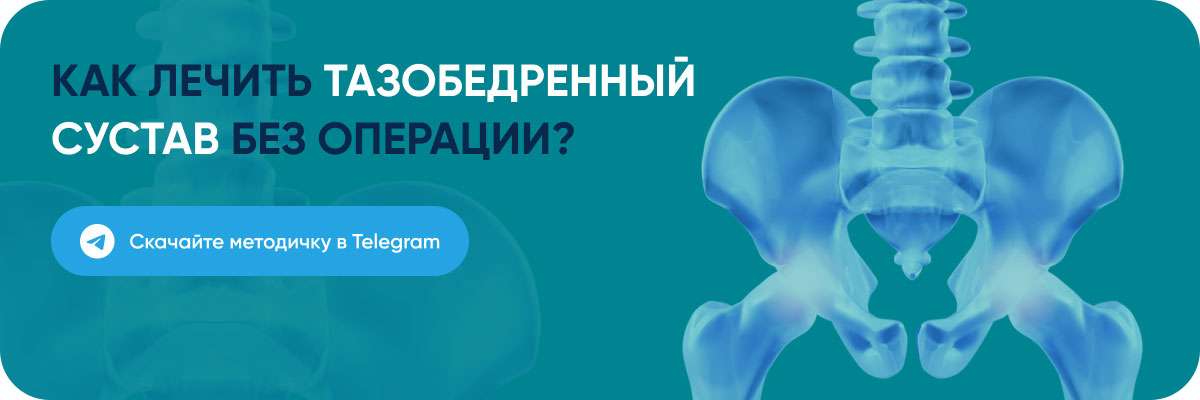Medical classification involves dividing coxarthrosis into only three stages.
The last, third degree is the most severe. It is characterized by irreversible damage to the joint.
But in radiology, Grade 4 coxarthrosis is separately distinguished. It is characterized by a complete or partial growth of the joint fissure. As a result of such pathological changes, the hip joint becomes completely immobilized, and the patient becomes incapacitated. In this case, conservative therapy is ineffective and is used only to relieve clinical symptoms. The only way to restore motor function is through surgery.

Symptoms

The pain is concentrated in the damaged joint and spreads to the thigh, buttocks, lower back and inguinal region.

Due to constant pain, patients cannot fully sleep, insomnia often develops.

The patient cannot walk, squat, get up, or turn his leg to the side.

The muscles of the injured limb atrophy.
Reasons
The prevalence of coxarthrosis is due to the fact that the hip joint is one of the largest and most mobile joints in the human body. It has a heavy load every day, it is constantly in motion. These anatomical features make it one of the main «targets» for degenerative-dystrophic changes.
Normally, the acetabulum and femoral head have a smooth surface. Between them is a layer of cartilage tissue, and the joint is filled with synovial fluid, which acts as «lubrication» and nutrition. This ensures smooth bone sliding and movement within the allowable amplitude. With coxarthrosis, the production of synovial fluid decreases until complete cessation. Cartilage does not receive nutrition and gradually dries up. With Grade 4 coxarthrosis, cartilage tissue is almost absent, and bones rub together and fuse together.
Such pathological changes can be provoked by the following reasons:
-
 Genetic predisposition
Genetic predisposition
to diseases of the musculoskeletal system -
 Excessive load on the pelvis
Excessive load on the pelvis
and lower extremities, especially frequent weight lifting -
 High joint pathologies
High joint pathologies
congenital dislocation, Perthes disease, necrosis of the femoral head
-
 Immune deficiency conditions
Immune deficiency conditions
including HIV infection -
 Heavy sports loads
Heavy sports loads
-
 Infections and inflammatory processes
Infections and inflammatory processes
-
 Frequent fractures
Frequent fractures

Diagnostics
To make a diagnosis and assess the stage of coxarthrosis, a comprehensive diagnosis is used:

At the initial consultation, the doctor clarifies the complaints and examines the patient. Deformation and immobilization of the joint, atrophy of the damaged limb are visually revealed.

- CBC and biochemical blood test;
- C-reactive protein;
- rheumatoid factor.

X-ray, CT, MRI
Radiological examination methods are the gold standard for the diagnosis of coxarthrosis. They allow you to assess the condition of the hip joint and all its anatomical structures.

Application of X-ray examination method
Pelvis plain film (AP view). The X-ray shows degenerative-dystrophic changes:
- osteophytes — bone growths formed on the articular surface;
- partial or complete fusion of the joint space;
bone deformation; - calcification sites — deposition of calcium salts;
- areas of ossification under hyaline cartilage;
- increase of cervical-diaphyseal angle.
Magnetic resonance imaging. The study makes it possible to visualize almost all elements of the hip joint in layers. This is especially important for assessing the degree of cartilage deformation.
CT. It is prescribed to study connective tissue structures: ligaments, tendons, muscles, nerves, vessels.
Our doctors
Treatment
In the case of Grade 4 coxarthrosis, no treatment is given without surgery. This is due to the fact that at this stage of the disease there are no more healthy cartilages left. Modern medicine has not yet invented drugs to restore cartilage tissue, so its regeneration is impossible.

Surgery
As mentioned above, Grade 4 coxarthrosis does not respond to conservative therapy. At this stage of the development of the disease, irreversible pathological changes occur. It is possible to restore the anatomical shape and functionality only with the help of surgery. Despite the effectiveness, the operation is contraindicated in the following cases:
- Decompensated heart failure
- Severe general condition of the patient
- Inflammatory or purulent lesion in the hip joint
- Severe osteoporosis

Hip replacement
The operation involves replacing the destroyed joint with an artificial implant — removal of damaged tissues, replacement of a destroyed joint.
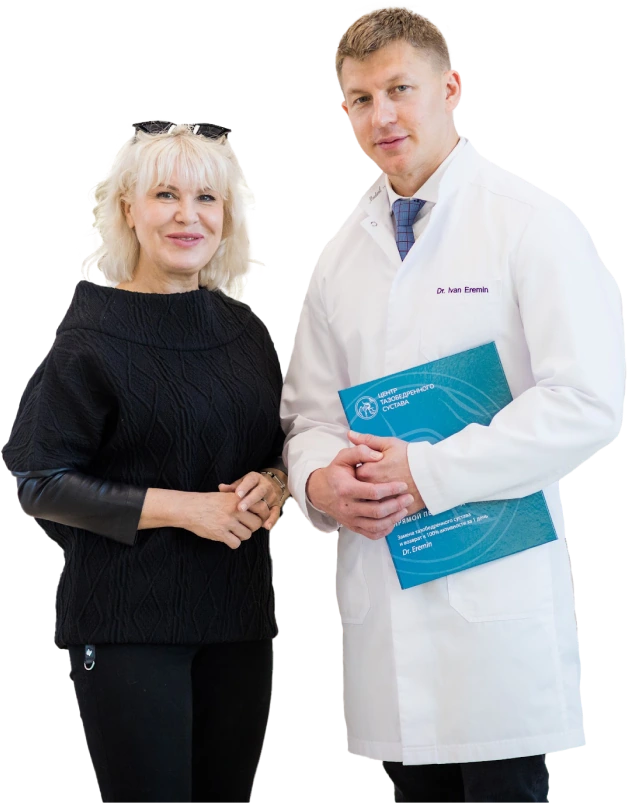
Don’t let joint pain define your life
Give yourself freedom of movement without restrictions
Over 5 years, using the DAA method, we returned more than 3 thousand patients to an active life.



